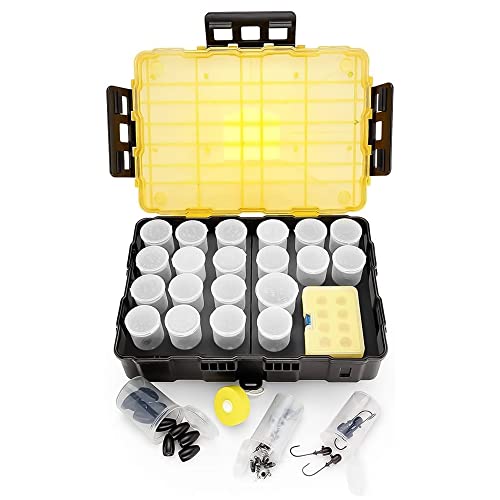
 I'm not sure on your horn. It may well not disassemble any farther. The contacts are similar to old auto ignition points. Sometimes cleaned with heavy paper or ignition file pulled through them. Or dollar bill.
I'm not sure on your horn. It may well not disassemble any farther. The contacts are similar to old auto ignition points. Sometimes cleaned with heavy paper or ignition file pulled through them. Or dollar bill.Some automotive ones had a diaphragm(like a metal plate mounted with a pin through it's center?) that vibrated. A "clunk" instead of a beep was a sign trouble was brewing and sometimes adjusting could help if bugs or wasp nest's, rust on the edge ect .were not deadening it. Not sure I'd soak it, maybe compressed air could blow any residue out.
A single screw, with more of a knob type head,(the thick round headed one in your pic with flat head kind..maybe) could be turned/adjusted to allow diaphragm to vibrate more or less. That adjustment screw sticks out from the horn with lots of threads showing usually.
Improper adjustment would result in horn not working if no vibration allowed (screw in too far, or backed out too far and not making proper contact), and tone changing as screw was loosened or tightened after contact was how to adjust.. Little travel in it's length required between too tight and too loose. Not much tension required and a loose screw could benefit from a tiny amount of med. strength loc-tite/thread locker. Even with threads wiped after dabbing them so not to get any on any critical part(s).
If you pulled that adjustment screw out that would keep it from working, among other possibilities.



































































